It’s frankly difficult to get to the hospital to replace a knee joint for free. Surgery itself costs a lot of money - at least fifty thousand rubles (plus a prosthesis!), And a rare family in our country can afford it. The state program provides an opportunity for some in need to receive services without financial reimbursement, but for this it will be necessary to collect the necessary documents confirming the need for surgery, submit tests and wait for their turn. There are restrictions on the number of people accepted under the state program annually. How to get among the lucky ones? 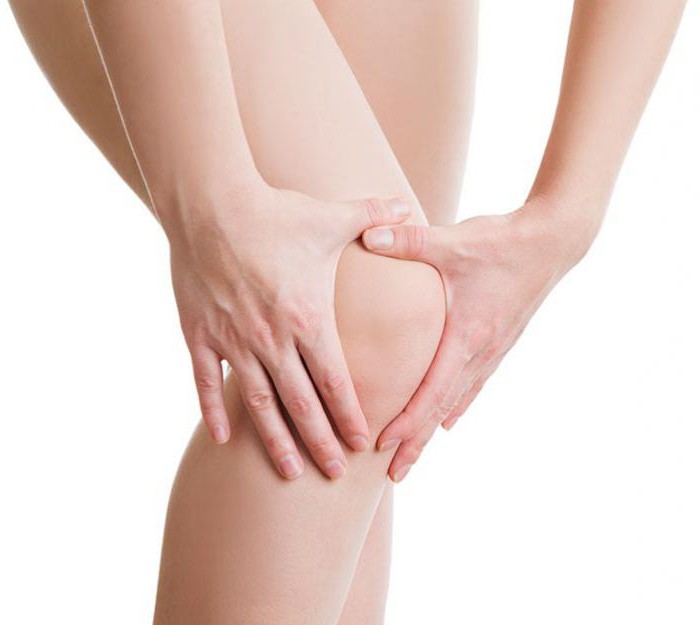
General view
The cost of knee arthroplasty is currently quite high - from 50,000 rubles only for the intervention itself, and, in addition, you will have to pay for hospital stay, used drugs, all the studies that will be carried out, as well as the prosthesis. Many believe that the intervention is worth the money, because we are talking about an operation in which the damaged parts of the knee are successfully restored, the person gets the opportunity to move normally. The issue is extremely topical, many of our compatriots suffer from knee problems. For others, the cause is trauma; in others, age-related changes that destroy joint tissue.
Having waited in turn for a quota for knee surgery, you can count on full compensation for the money spent on surgery or a partial refund of the amount. As can be seen from the responses of people who managed to get into the program, such an intervention returns the quality of life, and the state program gives hope to those whose financial capabilities would never have allowed to accumulate such a significant amount on their own.
What to do?
Perhaps the most pressing issue is how to apply for a quota for knee replacement. The bureaucracy in our country is one of the important enemies, and we have to fight it almost daily, especially in situations when it comes to medical services. The legislation establishes a list of sequential actions that allow you to access the desired program. It all starts with a full-fledged medical examination at the place of residence. The task of the doctor is to correctly draw up documentation and write a conclusion, where to indicate the need for replacement of the knee joint. On the basis of such paper, one can already count on inclusion in the queue.
The documentation on the basis of which knee arthroplasty is performed implies providing to the medical institution not only a medical report, but also a statement written personally by the patient, as well as a copy of the passport, insurance policy, and identification number. It will be necessary to conclude an agreement with the institution. If a person has the status of a disabled person, a document confirming this fact should be provided.
Appearances and passwords
The described documents must first be submitted for consideration to a commission assembled by local state institutions responsible for public health and social protection. The participants' task is to determine the extent to which a person needs urgent knee replacement, whether he should be given access to the quota program. The duration of the proceedings is 10 days. If the outcome is positive, the documentation is automatically redirected to the clinic responsible for the provision of appropriate medical services. 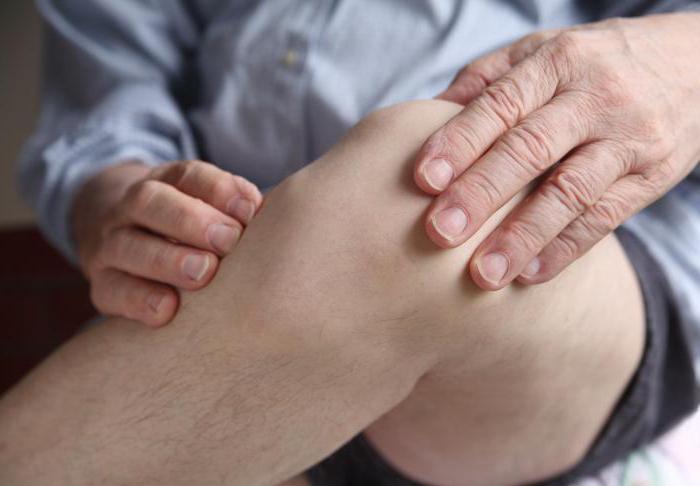
The next stage of work with papers is in the area of responsibility of a medical institution. The heads of the clinic study the received documentation, after which they decide how long to wait for the quota of knee replacement. An institution usually already has a queue of patients who need such an intervention. Data on a new person is analyzed to understand what date will be optimal for him. As a decision is made, information about it is officially transmitted to the medical commission, which notifies the citizen of the requesting help about when and where the endoprosthetics will be performed, what additional measures should be taken to prepare for the intervention.
So where do the knee replacement quota? The following are medical institutions in Moscow:
- City Clinical Hospital №67.
- KB MGMU them. Sechenov.
- Hospital them. N. Semashko.
- Medical and Surgical Center. N. Pirogova
About the timing. Who should
The laws established: the waiting time in the queue is about a quarter of a year. In reality, the term is growing at times due to the high demand for participation in this program.
Currently, the replacement of the knee joint according to the quota is laid for adults, children, cancer patients, adversely affecting the capabilities of the musculoskeletal system. A person who is tormented by a strong pain syndrome can contact the medical board, and conservative methods of therapy do not show effectiveness. There are certain opportunities for those who already have a prosthesis, but it has worn out, collapsed in whole or in part. You should also try to line up if the prosthesis has been placed before, but this area has become inflamed.
Some opportunities for replacing the knee joint according to the quota are for those who received a fracture or survived an unsuccessful surgical intervention. If the situation is complicated by rheumatism, arthrosis and other similar pathologies, the limbs are subject to destructive changes, you must try to submit documents for inclusion in the queue.
Is it possible or not?
In some cases, replacement of the knee joint according to the quota (and without it, on a common basis) is not carried out. This applies to situations where doctors identify contraindications for intervention. In particular, the ban on surgery is established for patients suffering from cardiac disorders or vascular diseases, problems in the functioning of the nervous system. You can not do the operation and a person with diabetes. 
In some cases, the testimony is absolute, sometimes - temporary. In each individual variant, doctors tell exactly why the replacement of the knee joint by quota is currently not possible, and also notify if changes will occur in the state over time. There is a possibility that the operation will be allowed to stabilize the situation of a person, when the risk of negative outcomes is reduced. A good example: when stabilizing the level of glucose in the blood with diabetes, surgery can be performed.
What about the money?
According to reviews, knee replacement is an operation for which it is not easy to calculate how high the costs will be. This largely depends on the hospital selected by the medical board. If it is a public institution, then in most cases, payment is charged only for the prosthesis installed to the patient. If the choice fell on a private trader, then you need to pay for the intervention, and for the drugs used and the prosthesis, and for being in the ward. Often, the amount depends on the qualification level of the doctor conducting the intervention.
Another important point related to financial aspects mentioned in reviews about knee replacement: the price of prostheses used by doctors is quite different. If this product is manufactured in our country, it will cost relatively cheap, but imported models are much more expensive.In addition, the increase in price can be explained by special types of examination, if assigned to the patient.
Will I be on the list?
Currently, the quota program provides for the possibility of obtaining relatively inexpensive medical care only to a strictly limited number of patients. From year to year, more and more people who need emergency surgery turn to medical institutions, but only a small percentage get access to the state program. 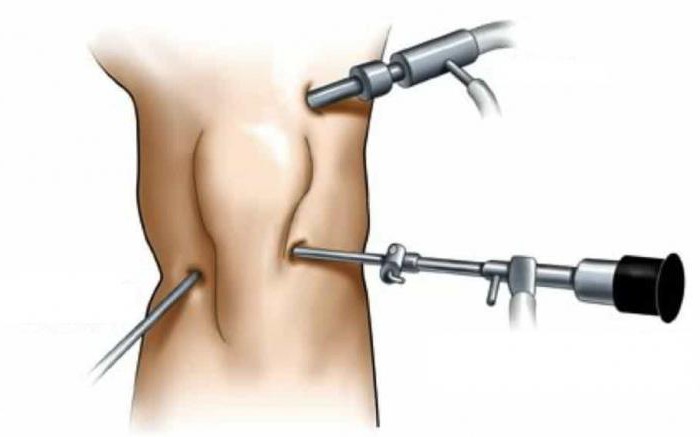
Typically, quotas are allocated at the beginning of the year. If the appeal, for example, to replace the meniscus of the knee joint was later, you will have to wait. As a rule, it drags on for a long time. It is likely that someone who has already been allocated a quota will refuse the operation. This happens infrequently, but there is a chance. Such an event slightly reduces the waiting period for those who stand in line after the refuser.
What to do?
Two aspects are quite relevant for many: the timing and what kind of knee joints are quota-based. With the first, everything is clear: not everyone has the opportunity to wait for their turn. If the approximate waiting period is years, during this time organic tissues can be destroyed very much, and the person himself will completely lose the ability to move. In such a situation, many try to find an alternative option, seek funds to pay for the operation on their own. Timeliness of medical care significantly increases the chances of restoring quality of life.
The second aspect is related to the dentures that will be delivered. It is usually assumed that those who go to the clinic at their own expense have a choice. People who receive an appointment for a quota can only rely on prostheses that are currently available in the institution. Of course, this is in any case better than nothing, especially for patients who objectively do not have the opportunity to pay for an operation that allows them to choose what and how to set. At the same time, no one can guarantee that at the right time, the doctors of the institution will have the best and most modern prostheses.
Where to read?
To find out the current legislation on the issue under consideration, you should study the order issued in 2013 by the Ministry of Health, issued under the number 565н. It indicates all the features of quotas, as well as a list of persons entitled to participate in the program. Additional official information is also contained in a government decree issued a year later. This document was published under number 1273. It also discusses the features of inclusion in the waiting list, possible diagnoses with which you can get to the clinic for free (or partially free).
How to save?
If there is no way to find out for yourself how the knee replacement operation is carried out according to the quota, and you need to fully conduct the event at your own expense, you can take advantage of several options to reduce the level of costs for the event. The cheapest way available to our compatriots is to contact a state surgical clinic. In this case, you will not have to pay for the hospital and surgical services - these amounts are covered by the insurance policy, which must be mandatory for all citizens of the country. But the cost of the prosthesis will have to be reimbursed. 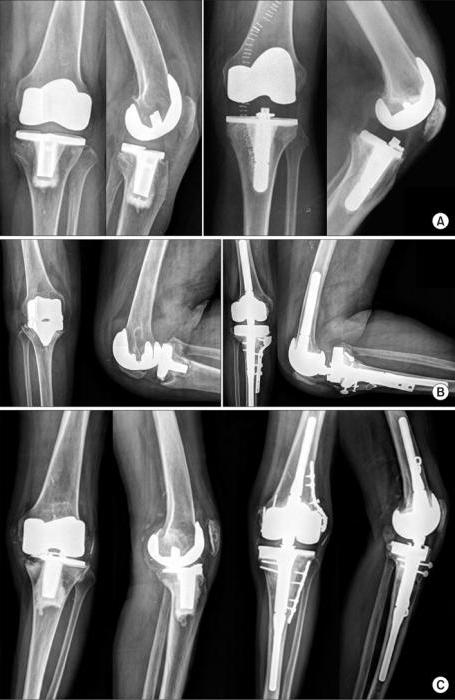
Sometimes the situation is such that the operation is required very urgently, while the person simply does not have the opportunity to collect all the documentation required by the rules. A state clinic does not always have the right to receive such a patient, therefore, the risk of refusing free help is high. If circumstances developed in this way, the only option is to use the services of a private organization, where you will have to pay both the price of the prosthesis and the cost of the operation.
Disability and some features
The rehabilitation program after replacing the knee joint in accordance with applicable law is for patients who have received disabilities precisely because of the disease, because of which they were referred for prosthetics. IPR allows you to slightly reduce the financial costs associated with surgical intervention. The federal budget is obligated to reimburse the cost of prostheses, if they were provided with rights that entered into force before the beginning of 2015. Moreover, it does not matter in which year the intervention itself will be carried out - in 2018 or later. True, there is a subtle point: the budget is ready to provide only 160,000 rubles, if the price of the prosthesis is higher, you will have to pay on your own.
If the patient entered the rehabilitation program after replacing the knee joint already at the end of 2014, then the prostheses are installed in accordance with the mandatory medical insurance, and they are guided by a resolution issued under the number 1776-p, signed by the government. It provides a complete list of the means that the budget can provide to people with disabilities, and endoprostheses are not included in it. According to the IPR, you can get access to other rehabilitation devices - crutches, individual hygiene products and others. At the same time, lawyers are paying attention: many aspects are still not regulated clearly by laws, therefore, probably, at the stage of reimbursing expenses, it will be necessary to make a lot of efforts to defend your interests.
Help is needed!
According to experts, in order to learn from their experience how an operation to replace a knee joint proceeds, while not ruining and not waiting for several years, it is best to try to use the assistance of a charitable foundation. Currently, several public organizations are functioning, ready to help with the collection of funds for surgical intervention.
Price for dentures: what to count on
The most inexpensive option is cement. Such a design will cost from 120,000 rubles. Systems without cement will cost 45,000 more. 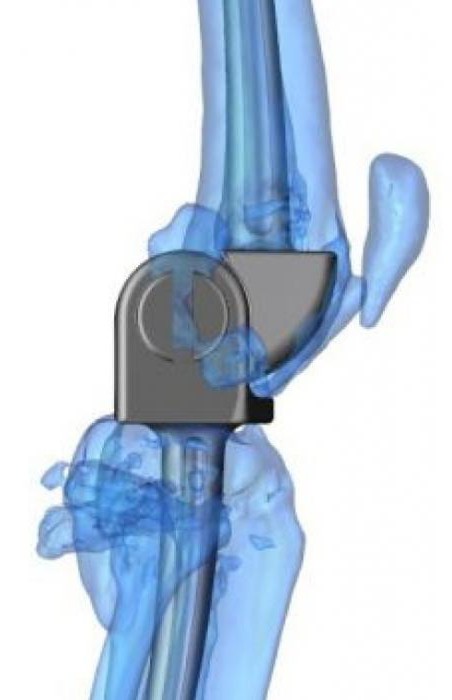
From 130 000 rub. the price for prostheses based on metal and polyethylene begins. From 170 000 rub. and more expensive are all metal products and those where metal comes into contact with ceramics.
And what about the future?
Prices, of course, are horrifying, but there is one aspect that scares many even more: the life of the prosthesis. Modern systems are not eternal help. Over the years, they gradually collapse. The term of operation is determined by several parameters. One of the most important is the method of attaching an artificial system to bone tissue. In some cases, the components of the prosthesis are literally hammered into the bone, and gradually the objects grow together. In medicine, this is called osseointegration. The joint elements when applying this technique are firmly fixed, so the system will last quite a long time.
The specified technique is far from always implemented. Often the quality of the bone simply does not allow such a prosthetics, but the reasons may be of a different kind. An alternative is the use of bone cement, that is, such a solidifying mass that allows you to quickly fix the prosthesis.
Friction pair
This parameter of the prosthesis directly determines the duration of its service life and the effect on the patient’s organic tissues. In fact, a joint is a joint whose components rub against each other. If in technology the process is smoothed by the presence of lubricant, then in the human body there is none, therefore, the components wear out over time. The degree of wear is directly related to the survival of the joint. It is determined by the materials used and the number of movements made by a person.
In order for the joint to live longer, it is necessary to install systems with the most effective friction parameters, as well as reduce the number of motion cycles. The longest wear periods are characteristic of systems in which ceramics are involved, but the price of such prostheses is also the highest.
What to choose?
Not every material is suitable for a particular patient. In some cases, polyethylene is the most profitable option; for others, ceramics will be the best solution. Sometimes doctors may advise resorting to metal prostheses. To choose the best option, you should seek the advice of an experienced doctor. Only a qualified specialist can evaluate all the positive, negative sides of different types of prosthesis in relation to a specific situation of a person, on the basis of which a reasonable decision will be made - both in quality and in financial investments. 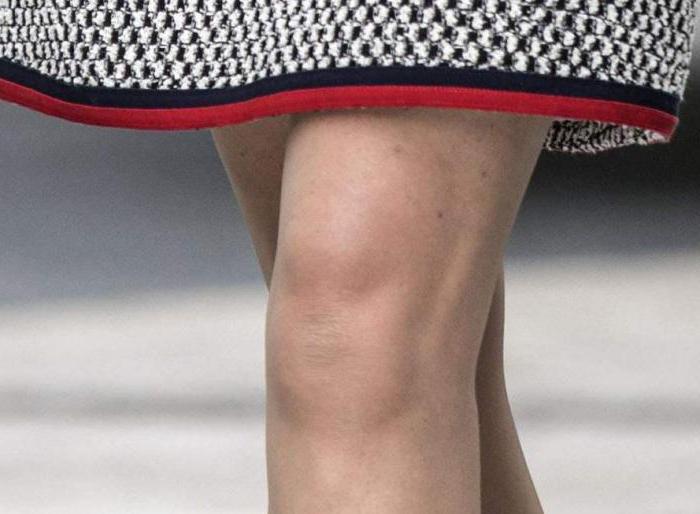
It's curious
Just a few years ago, there were only five varieties of prostheses. Currently, about seven dozen species are used in European clinics. This allows you to choose the best option, taking into account age, gender, physique. Having access to the latest technology, you can really regain the quality of life with surgical intervention performed in a timely and professional manner.